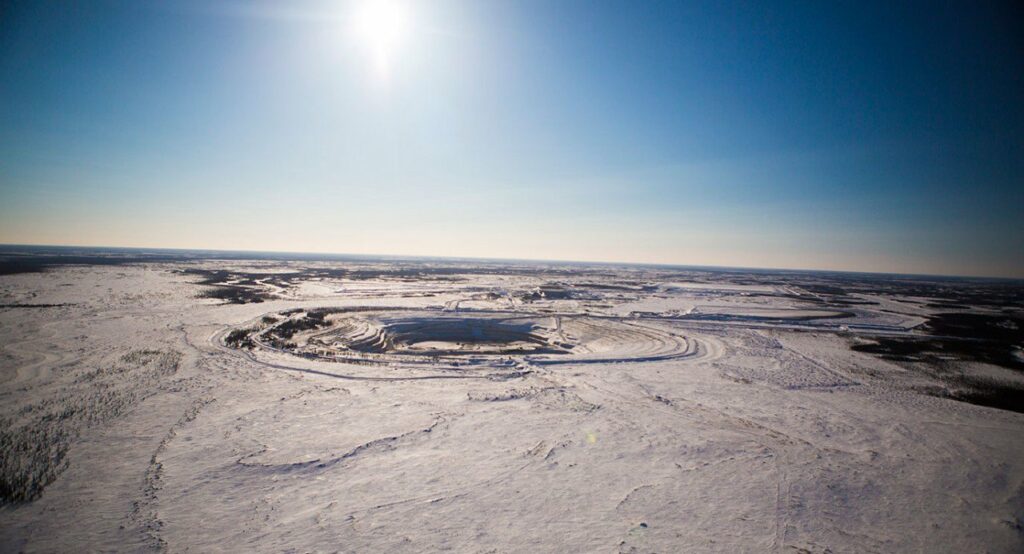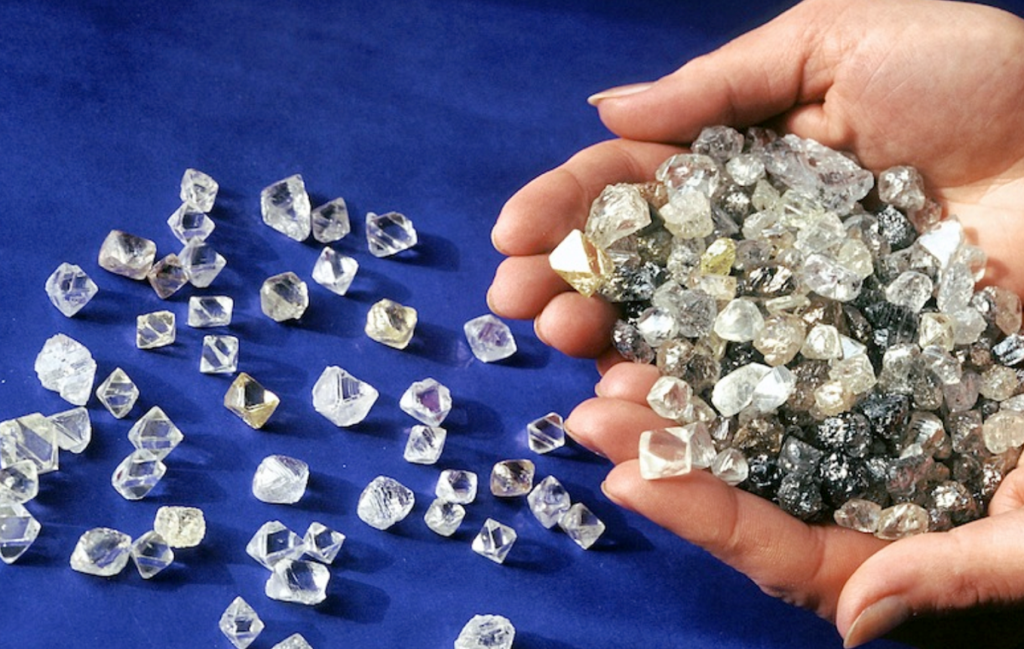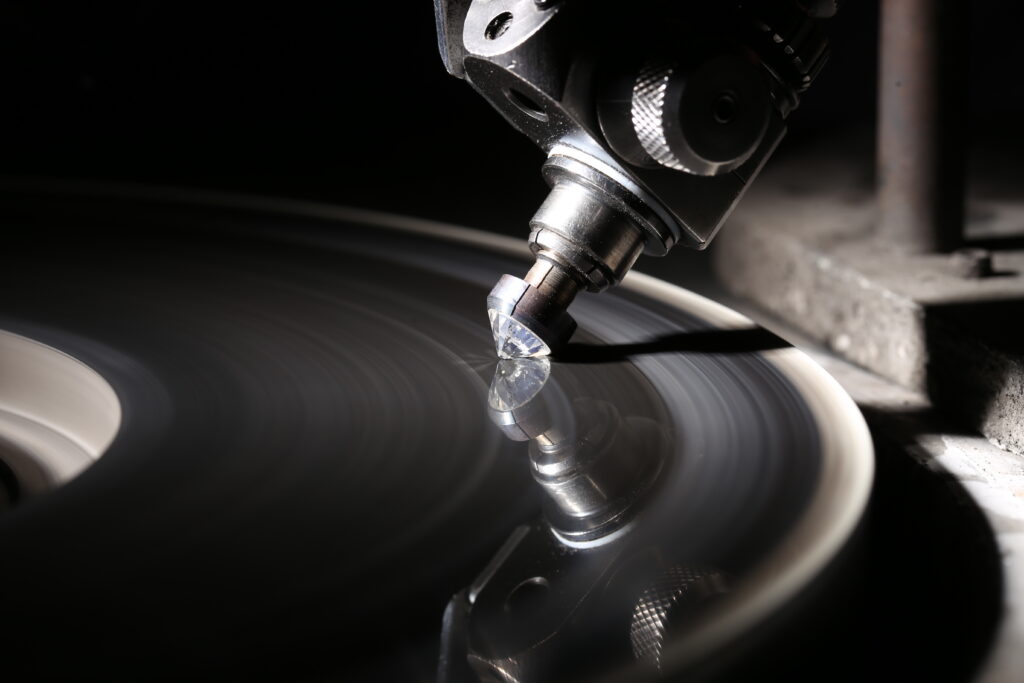Journey of a Diamond: Mine to Market
Posted by Hari Krishna
December 12, 2022
One of the main reasons why diamonds are so valuable and expensive is because of the process and time it takes to finally reach the shelves.
Putting the formation period aside (which is obviously a million years) diamonds still have to go through a lengthy course before you can buy it from a retail store.
Every step of the process, the final look and value of a diamond is affected. So if you are a diamond wholesaler or an end-consumer, and are looking to purchase only the best, you need to know what even is the best.
This blog will help you determine quality markers and hopefully verify claims that diamond manufacturers make. Your key takeaways will be:
Just like the name suggests, this step involves “exploring” different locations where diamonds can be found.
One such exotic location that produces the majority of the world’s diamond ores is South Africa.
Apart from that, there are many locations around the world that supply diamonds such as Australia, Botswana, Canada, Congo, Namibia, and Russia.
Side Note : You can skip to the next step by clicking here if geography does not interest you.
But if you are into the details; Diamond ore is found in the Kimberlite and Lamproite pipes which are layers below the surface of Earth. These pipes are the most important source of mined diamonds today.
Kimberlite and Lamproite pipes are openings on the Earth surface which are formed due to the powerful volcanic activities. Anytime a volcanic activity occurs, diamonds and other rare minerals (including kimberlite) are forced up to the surface of the Earth.
Then the diamonds settle back to the kimberlite rocks in those pipes which makes it a host for diamonds.

Once that is found, exploration samples of the pipes are checked for the possibility of diamond existence and potential for mining. This testing is important since only a few Kimberlite pipes contain diamonds and even fewer of them are economical to mine.
Companies select commercially viable sites for mining and to create new mines
Upon finding the best location where high-quality rough diamonds are in abundance, we move on to mining. Keep in mind that no matter what type of mining is done to extract diamonds, the priority is carrying it out ethically and responsibly.
Especially at HK, we source our diamonds only from companies that share our values and ethical practices.
After mining, the rough diamond ore goes through blasting, crushing, advanced x-ray techniques to extract the rough diamond from it.
The world’s top diamond mines are Aikhal Diamond Mine, Catoca Diamond Mine, Ekati Diamond Mine, Jwaneng Diamond Mine, Lomonosov Diamond Mine, Mir Diamond Mine, Nyurba Diamond Mine, Orapa Diamond Mine, Udachny Diamond Mine, and Venetia Diamond Mine, etc.
It is the process of sorting diamonds according to their size, shape, quality and colour. The mining companies will now put these rough diamonds up for sale via different channels.
Primary sales often occur through the sight-holder system in which a selected group of verified buyers who are generally the world’s best and financially stable diamond companies are allowed to purchase rough diamonds for sale.

If you want to know more about different ways a rough diamond is sourced and how it plays a key role in determining the final value of the diamond, you can read our dedicated blog here.
Depending on what level of technology and expertise has been used to manufacture the rough diamonds, the final price and value of diamonds is determined.
At Hari Krishna Exports we have created a process called one person one diamond to ensure that every diamond is subject to the same level of care and attention.
Generally a diamond is manufactured in 5 basic steps which involves planning, cleaving, bruting, polishing and inspecting. However,every diamond manufacturer has its own way of doing this and it impacts the final product.

If you are interested in knowing how we maintain the highest quality and safety standards in diamond manufacturing and want details of all these steps, read our dedicated blog here.
The diamond is cut, sparkling and ready to be set into jewelry pieces and at this stage, diamond wholesalers and manufacturers will put up loose diamonds for sale which are then bought by various retailers or jewelry manufacturers all around the world.
Rough diamond manufacturing and jewelry manufacturing are two different things. Here retailers have bought sparkling loose diamonds in all their glory, ready for design.
This is where jewelry designers come in and beautiful necklaces, earrings, bracelets, rings etc are designed and created for the end customer.
The major jewelry manufacturing units are established in China, India, Italy, Spain, Thailand, Turkey, and the USA.
The retailers can now finally put diamonds for sale which are set in beautiful jewelry. Customers are spoiled for choices with the range of design and quality that is offered to them.
As an end-customer you only see the final piece of jewelry displayed in a retail store but now you know how long it took to reach you and the exhausting journey the diamond has had.
Hari Krishna Exports believes that the joy and sentiment attached to diamonds is what makes it all worth the effort. Despite us being in the industry for more than 30 years, the journey of a natural diamond still amazes us.
HK diamonds are exported to over 80+ countries, including Australia, Belgium, Europe, UAE, the USA and more.
If you are looking to explore our entire range, you can register yourself on hk.co and choose from an extensive inventory.
Download our hk.co app available on Android and iOS for an even more personalized experience of diamond buying!
Note: The analytical data used in this blog is referred from the GIA reports.